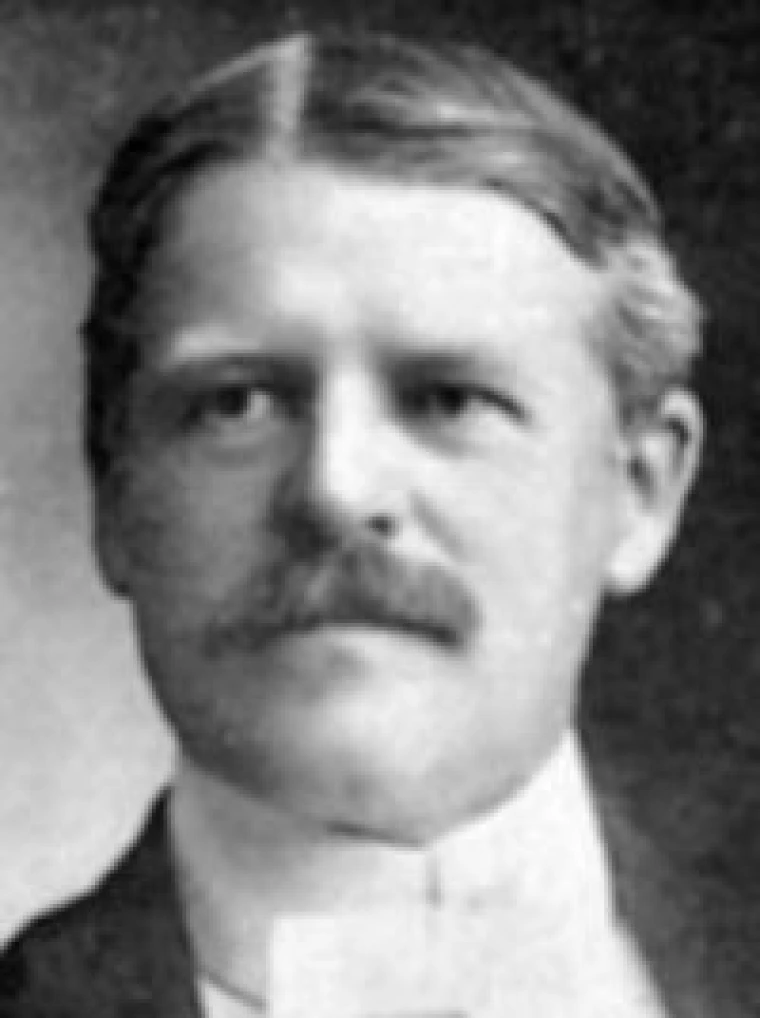Andrew Ellicott Douglass

Years: 1910-1911
Presidential Order: Acting President
Andrew Ellicott Douglass served as acting president at the University of Arizona for three months from Dec. 20, 1910, to March 10, 1911, between the presidential terms of Kendrick Babcock and Arthur Wilde. At the time he was professor of physics and astronomy and, for the additional responsibility, he received a salary increase of $50. During his short term, he drew up lists of proposals to better the University.
Born in Windsor, Vt., on July 5, 1867, he received a bachelor’s degree from Trinity College in Hartford, Conn. Unable to afford to continue his education, Douglass worked at the Harvard Observatory as an assistant. This allowed him to accompany an expedition to establish an observatory in Peru. Three years later, on his return from Peru, he met the wealthy financier Percival Lowell, who wanted to build an observatory in the Southwest. Douglass was selected to survey potential sites. The site he selected was a mesa west of Flagstaff, Ariz. From 1894 through 1901, Douglass was an assistant astronomer and sometime acting director for the Lowell Observatory. He remained in Flagstaff until 1906. He and his wife, Ida Whittington, a music teacher, then moved to Tucson, where he joined the faculty at the UA as a professor of physics and astronomy.
Although he helped establish the department of astronomy, served as dean of the College of Letters, Arts and Sciences, and became director of Steward Observatory, he was most well-known for creating the science of dendrochronology, or tree-ring research. He linked the ages of trees to climate. By studying logs used in the construction of ancient dwellings he could determine the age of archaeological ruins. Although no tree-ring laboratory actually existed until 1937, hundreds of trees were submitted to him by other scientists who asked that they be dated. Douglass and his staff responded. Ultimately, a tree-ring laboratory was established and, through it, the UA developed the only comprehensive collection of tree-ring material in the world. Douglass continued to work at the laboratory until he retired in 1958.
Douglass died in March of 1962. He was 94.

